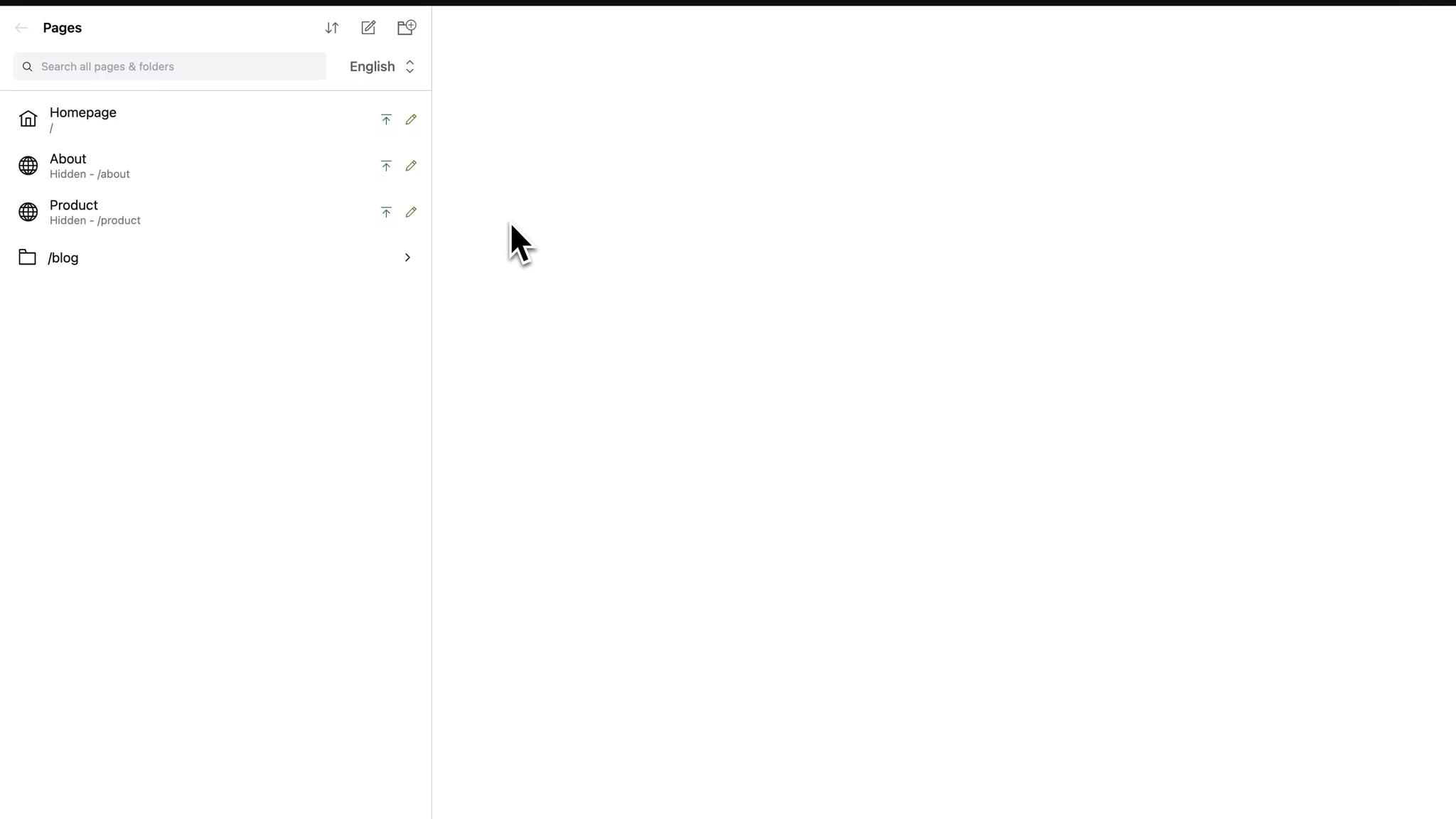20th July 2023 • 9 min read
Why most CMSes suck

Seif Ghezala
We're in 2023, and you mainly have 3 CMS options to build and manage your website:
Monolithic CMS (e.g. WordPress, Hubspot)
Modern website builder (e.g. Framer, Webflow)
Custom frontend hooked with a headless CMS (e.g. Sanity, Storyblok, Contentful)
If your website is not a one-pager or a static brochure, we'll see why most CMSes won't be a good fit for your marketing team or your users, and explore what we think is a good fit.
WordPress and Hubspot CMS will turn your website into a bloated template that’s impossible to manage
Monolithic CMSes like WordPress and Hubspot CMS exist for years now under the promise of offering one comprehensive solution for building and managing websites.
They have gone through numerous iterations over the years, striving to fulfill the endless wishlist of marketing teams worldwide, and that's precisely the problem.
They require a steep learning curve to get familiar with them and get anything done.
They also bloat your website with so much code that’s automatically generated every time you use a theme, create a page, or add a plugin.
I know that page speed isn't the sole factor for converting users, but using a theme that comes with almost 1 MB of JavaScript certainly doesn't contribute to user conversion either. Neither does using a $100/month plugin that fakes your Page Speed scores.

What users get to download when visiting a basic Hubspot theme
There’s also a reason why they all weirdly look like PowerPoint slides from the early 2000s with old stock images: it’s because it’s so hard to roll out with a custom design without having to rely on a niche developer who’s still willing to work on WordPress or Hubspot websites in 2023.

WordPress themes from https://themeforest.net/category/wordpress
Framer and Webflow are good for designers, not marketing teams
Unlike monolithic CMSes, modern low-code builders like Framer and Webflow produce clean code, fast websites, and provide you with all design flexibility you need to reflect your brand essence.
They are great at empowering designers to build websites without requiring development experience, but they are certainly not suitable for managing marketing websites at scale.
For starters, there's an issue with vendor lock-in. If they lack any integration your team finds useful (e.g. integrate with the hiring platform you use), you’d have to hope they have a plugin for it.
Then, there are all these features meant for designers that your marketing team somehow need to see every day while managing your website?
Just imagine the intimidation and frustration of your marketing team if they enter the CMS to create a new page, only to encounter a Figma-like interface with an overwhelming flat list of pages that’s impossible to navigate through.

Example Framer project where I added a few pages
Also, do you really want to give the power to someone from your marketing team to tweak your website’s UI?
Although many low-code builders provide a CMS and the option to customize certain code elements, these features are often either too rudimentary or demand the expertise of a specialist to handle them effectively.
Most headless CMSes look like a cockpit instrument panel
Headless CMSes were created because we understood that mixing up your website’s content with its code is a bad idea.
By separating content from code, we suddenly have content that can be reused across the site and even in other places (e.g. your mobile app).
When you use a headless CMS, not only you have even more design freedom than website builders, but because you have also full control over the codebase, you can now finally integrate with your favourite hiring platform without having to wait for anyone to release a plugin.
More importantly, you get to manage your site by just writing content.
You’d expect that by inventing headless CMSes, we finally have a decent tool for marketing teams to manage their website, right?
Unfortunately, it’s really not the case in most headless CMSes, which either look like a cockpit instrument panel, making you learn tons of new vocabulary just to manage your website content, or don’t have most of the basic functionalities a marketing team would need to effectively manage their website.
At Tinloof, we get contacted almost every day by marketing teams that are so unhappy with their headless CMS setup, that they consider switching to Hubspot CMS or Webflow.
And it's unfair to blame developers setting up these headless CMSes, it's a product issue, not an engineering one.
Some headless CMSes' dashboards are literally impossible to customize even if you're willing to take the extra mile to fix these problems.
There's a reason why most headless CMSes marketing material is all about creating blog articles and recipes: it's because creating website pages is either impossible or a nightmare.

Contentful's content management screen
At Tinloof, we aim to deliver websites that reflect your brand essence and offer a pleasant experience to your users.
We also believe that the experience your marketing gets while managing your website is equally important.
We’ve been using the most abstract headless CMS that exists as of today, Sanity, and tweaking its interface to provide an overall great experience.
Let's see what that looks like.
Powerful and easy website management
We empower your marketing team with an easy-to-use and comprehensive CMS that makes it easy to self-manage your website.
Your marketing team is empowered with features like unlimited page and folder creation, easy content editing, built-in collaboration, and multilingual content management.
They get to create and manage pages while having an instant visual preview at any time, all of this while making it easy to navigate your website through a sitemap-like browser.


Foolproof SEO setup
We automate most of the technical SEO requirements, such as generating and updating the sitemap whenever a page is added or removed, and adding schema markup.
Marketers can also control the indexability of any page and add redirects, with the website sitemap automatically reflecting those changes.
We also provide marketers with complete control over the pages' SEO fields (e.g. title, description) and validate them based on Google's best practices.

Unlimited integrations
A marketing team's toolkit extends beyond just a CMS, employing a variety of tools to meet their objectives.
Our adaptable setup allows for seamless integration of any tool with a documented API - whether it's a CRM like Hubspot, a newsletter tool such as Klaviyo or MailChimp, analytics from Google Analytics, GTM, or others, we ensure your preferred tools work in harmony with your website.

Working on content management is always an ongoing journey. Our clients constantly push us to improve their experience, and we're ready to rise to the challenge.
This article isn't a complaint about different CMS tools or the industry overall. We understand the technical challenges they face, and we appreciate the innovation that's happened in this space. It's inspiring, and we're grateful for it.
Some CMS platforms, like Builder.io, Sanity, and Storyblok, are really standing out. They're pushing boundaries and setting the bar high.
We're not just watching this evolution, we're active participants. We're always striving to improve our approach, making our solutions more efficient and user-friendly.
In the meantime, if you're interested in learning more about what we offer in the websites we build, take a look at this article: managing Tinloof-powered websites.
